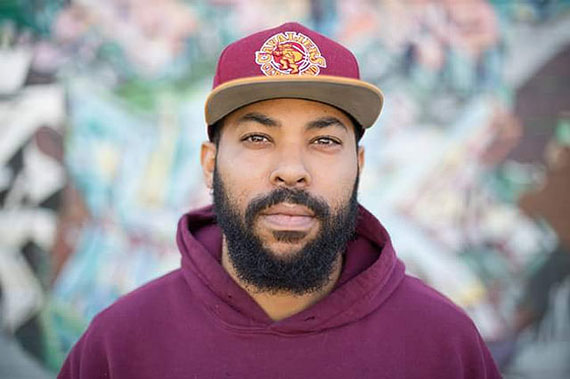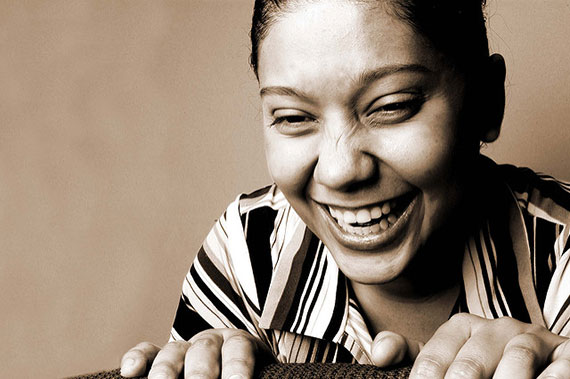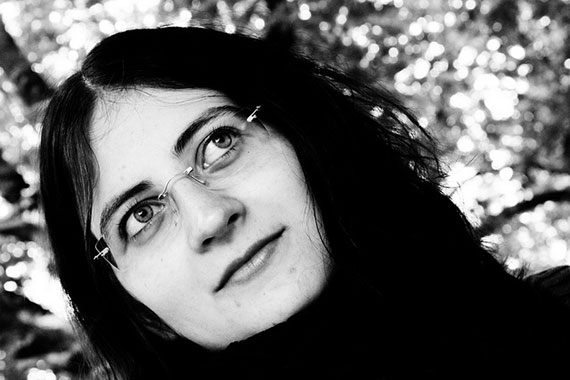Taking stunning portraits is one skill that can be easily mastered if you understand the concepts and have had lots of practice.

Photo by Dijon Bowden
There are four factors that determine the success of your portrait shots, and they are composition, depth of field, lighting, and your subject. Let’s take a look at each of the factors and see how it can help you to take better portraits.
Composition
Ensure that you frame the subject so that they occupy almost the entire frame. Ensure that there are no distracting objects in the foreground or background of the subject, as the main focus is on the them. Learn how to use the rule of thirds effectively and position your subject on key points in your frame to create points of interest in your composition to which our human eyes are naturally drawn.
You could also shoot from a different perspective. Most people are used to seeing pictures that are shot from the eye level. Changing your perspective, such as getting up high and shooting down on your subject or getting down on the ground and shooting from below on your subject, will give a totally different feel to the shot.
Alternatively, you may also try to angle your camera such that your subject is not framed horizontally or vertically when you take your shot. This means that you’re holding your camera diagonally. This will make your shot look more fun and creative, especially if your subject is laughing or smiling while you are taking your shot.
Depth of Field
As your subject is the most important focus in your shot, you want your background to be out of focus while your subject is in focus. This removes any distracting backgrounds from your shot and keeps the focus on your subject. To achieve this feat, you will need to use a shallow depth of field. You can do this by using a wide aperture, such as f/1.8, or f/2.8.
The closer you are to your subject, the more shallow the depth of field will be in your shots. You can get closer to your subject by moving yourself closer to them. Or amore effective way would be to zoom in on them through your long lens, such as by using the popular 70-200mm f/2.8 lens.
Lighting
Using effective lighting techniques can create different moods in your shots. The possibilities are almost endless when it comes to shooting portraits with lighting. Explore various ways of lighting your subjects, such as using your camera’s on-board flash, a speedlight attached to your camera, a remote external flash, studio lighting, outdoor lighting, a reflector, or perhaps with low and dim lighting and see what works best for your situation.

Photo by chableproductions
You can also adjust the positions of your lighting sources so that the light can be seen coming in from the side or from behind your subject. Given the same subject with the same pose, your shot will have a totally different mood and feel to it when taken under different lighting conditions.
Your Subject
This is probably the most important aspect that will determine the success of your portrait shots. No matter how you compose your shot or what lighting you decide to use, it doesn’t matter much if your subject is not lively or doesn’t look natural in front of your camera. It’s vital that you give some advice to your subject on how you want them to pose for you.
One way to get your subject to pose naturally is to put them at ease by telling jokes that make them laugh and relax. This is also one way to break the ice if you have never met your subject before the photo session. However, if you are not a humorous photographer, then you could just talk to your subject and give them pointers on how they should pose for you. This would also relax your subject, and you should have no problem getting a great shot out of them.
You can also choose to photograph your subject candidly. Your subject is his or her most natural self when they are being photographed candidly, as some of your subjects might not look natural in posed shots. Understanding your subject’s personality enables you to take portraits that are more suited to their character.

Photo by Aurélien Glabas; ISO 3200, f/10.0, 1/100-second exposure.
You may also introduce a prop or two to your subject to create another point of interest in your shot. This will create a story of your subject in your shot and will give it a whole new dimension.
About the Author:
Roy Lee is a freelance photographer residing in Malaysia, who specializes in wedding, portrait, and landscape photography.
© Copyright – Roy Lee. All Rights Reserved.
Like This Article?
Don't Miss The Next One!
Join over 100,000 photographers of all experience levels who receive our free photography tips and articles to stay current:






Wow, really nice article guys great job! I take photos on the train tracks all the time
Please don’t encourage photographing on train tracks – it’s illegal (in most cases – with the exception of railway museums with permission, usually) and incredibly dangerous.
interesting:D